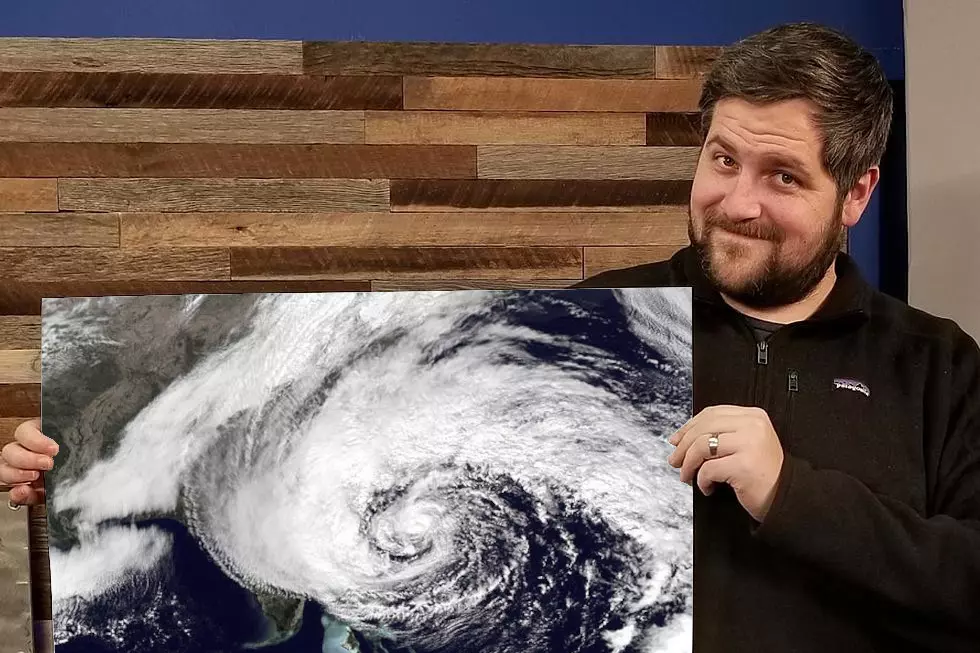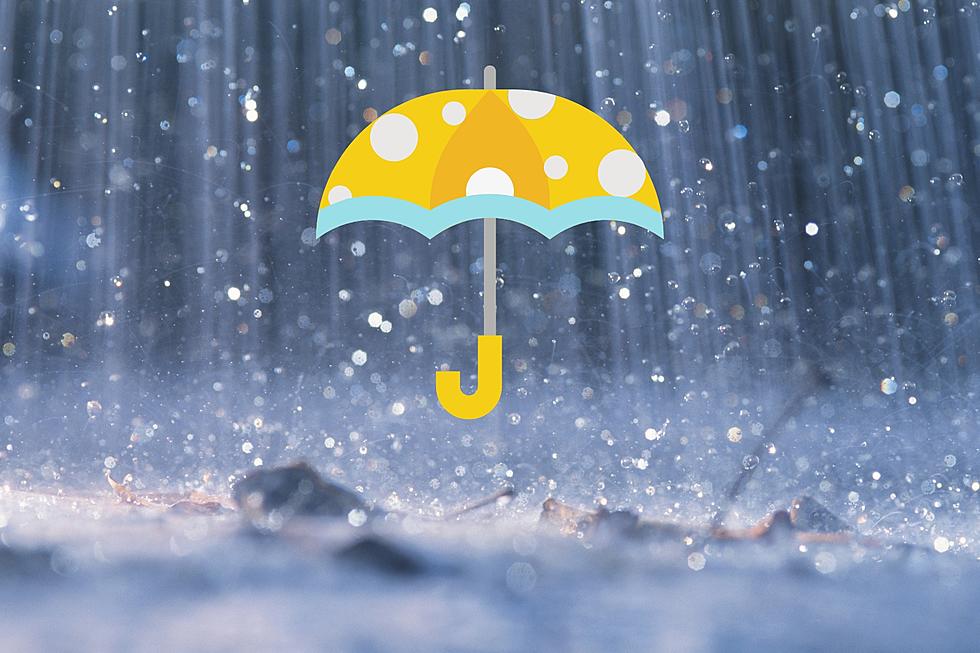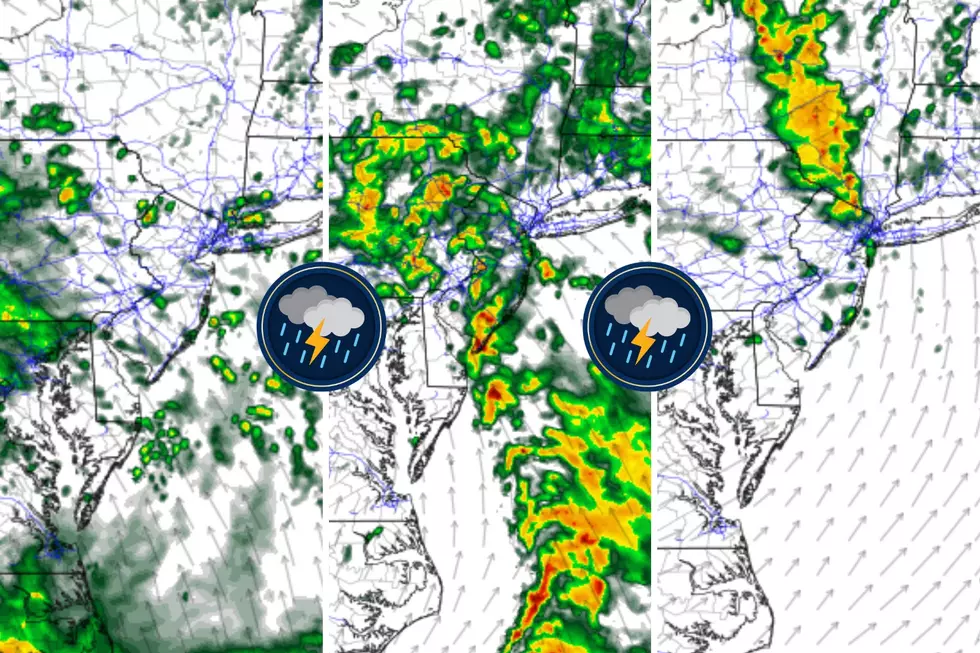
NJ meteorologist: Don’t make these mistakes as hurricane season begins
Dear New Jersey,
Here we go again. As spring turns to summer, it is time to start looking toward the warming Atlantic for visitors from the tropics. Yes, hurricane season has begun, officially running each year from June through November.
As you know, hurricanes, tropical storms, tropical depressions, post-tropical cyclones, and remnant tropical rainstorms pose a tremendous risk to life and property. Unfortunately, it has been an active few years (and decades) for tropical weather here in New Jersey. Names such as Ida, Elsa, Isaias, Fay, Sandy, Irene, and Floyd will be forever ingrained in our minds.

Despite our history of destructive tropical storms affecting the Garden State, I think a lot of residents are apathetic and indifferent to the potential for such dangerous and life-changing weather. As we dive headfirst into the 2022 hurricane season, I wanted to share a few things that have been on my mind lately.
1.) New Jersey IS a hurricane-prone state. Usually when one thinks of states that see a lot of tropical weather, Florida and the rest of the Gulf Coast come to mind. And rightfully so, given the number of direct landfalls in those warm-weather states. However, New Jersey is a coastal state and, by definition, is exposed to big, bad coastal storms too. And let's not ignore the potential for indirect storm impacts like enhanced rainfall and rough surf, which seem to happen multiple times every summer. There's a reason we take each of those threats seriously.
2.) It's not just a Jersey Shore thing. Remember Tropical Storm Isaias, which tracked past New Jersey in early August 2020? What a nasty weather day. Over 7 inches of rain in Salem County. A 75 mph wind gust recorded in Ocean County. And two tornadoes struck portions of Cape May and Ocean counties. Over 1.3 million New Jerseyans lost power during the storm. A wide range of serious impacts, for both coastal and inland NJ. While Sandy (2012) brought historic storm surge and tidal flooding, Irene (2011) and Floyd (1999) were primarily characterized by inland, freshwater flooding.
3.) Three big hurricane concerns: Water, wind, waves. The holy trinity of tropical impacts. They're all equally valid and hazardous. Each storm has its own "personality" based on its track, size, strength, and organization. When piecing together an ever-evolving tropical storm forecast, we absolutely have to keep all three hazards in mind. (And we try to rank which will be the most precarious and impactful, so you can prepare accordingly.)
4.) Never underestimate the power of tropical moisture. Ida was an incredible storm. On the evening of September 1, 2021, upwards of 9+ inches of rain deluged central and northern New Jersey. But Ida was not even a "tropical" system at that point, having made landfall as a hurricane three full days earlier in Louisiana. Almost 72 hours over land, and the storm still had that much moisture locked up in its circulation. The flooding, property damage, and loss of life here in New Jersey was truly catastrophic. In a sense, terms like remnants and post-tropical storm and extra-tropical storm are dangerous, as they downplay the potential for significant rainfall. Just because it's not technically a "hurricane" doesn't mean a storm can't be catastrophic.
5.) Simple planning now will make a big difference later. I don't want to get too preachy about hurricane safety and preparedness. But it astounds me how every single time a big storm is imminent, people make a crazed run on the stores for basic supplies. Batteries, flashlights, bottled water, bread and milk. Might I suggest taking a few minutes now to make sure those items are well-stocked and easy-to-find in your home? Those who live in coastal flood zones should also discuss an evacuation plan, in case a worst-case scenario storm plays out.
Finally, you should know that I take our coverage of any impending tropical storms very, very seriously. Our top priority throughout the Townsquare New Jersey Info & Weather Network is to provide timely, accurate, and (most importantly) honest forecast information. Both on-air and online. As Chief Meteorologist and steward of that weather brand, I have zero tolerance or patience for any storm hype or disinformation.
Thanks as always for following along. Here's hoping for a nice quiet hurricane season.
Sincerely,
Dan Zarrow
Certified Broadcast Meteorologist
Dan Zarrow is Chief Meteorologist for Townsquare Media New Jersey. His fascination with the atmosphere began by tracking hurricanes at the age of 11. Follow Dan's on Facebook or Twitter.
TIPS: Here's how you can prepare for power outages
LOOK: The most expensive weather and climate disasters in recent decades
Hurricane Ida damage in New Orleans & The Gulf Coast
More From New Jersey 101.5 FM









